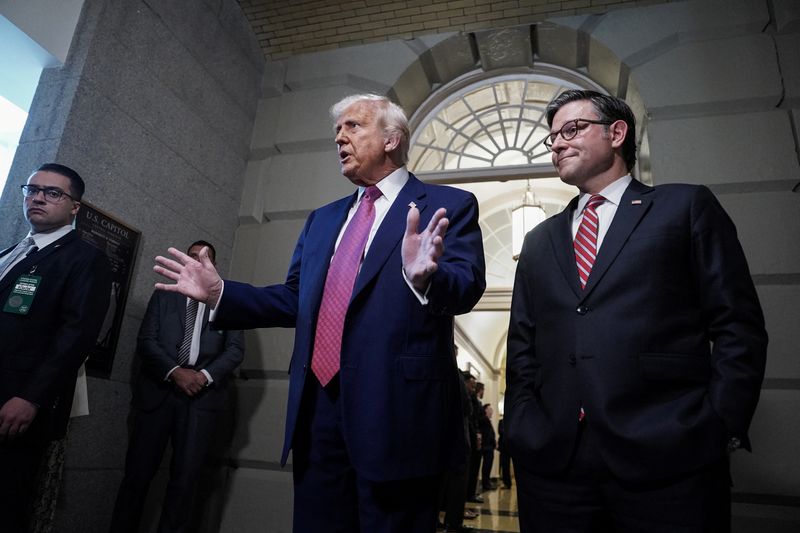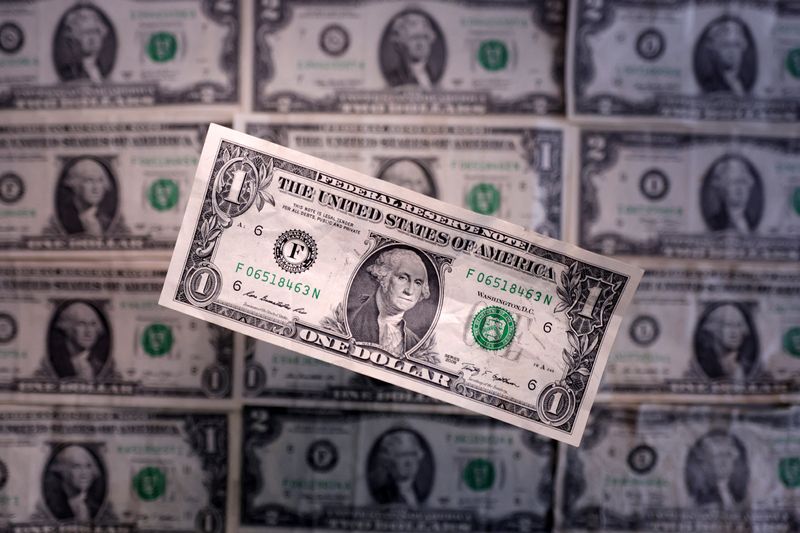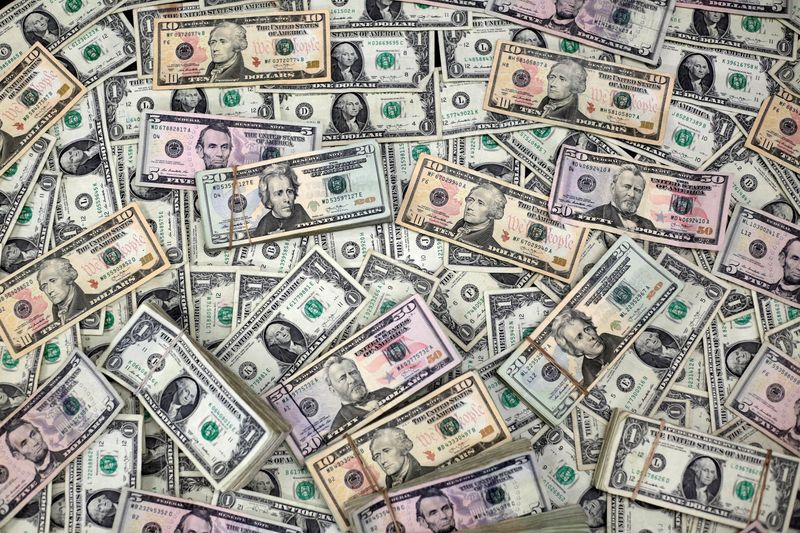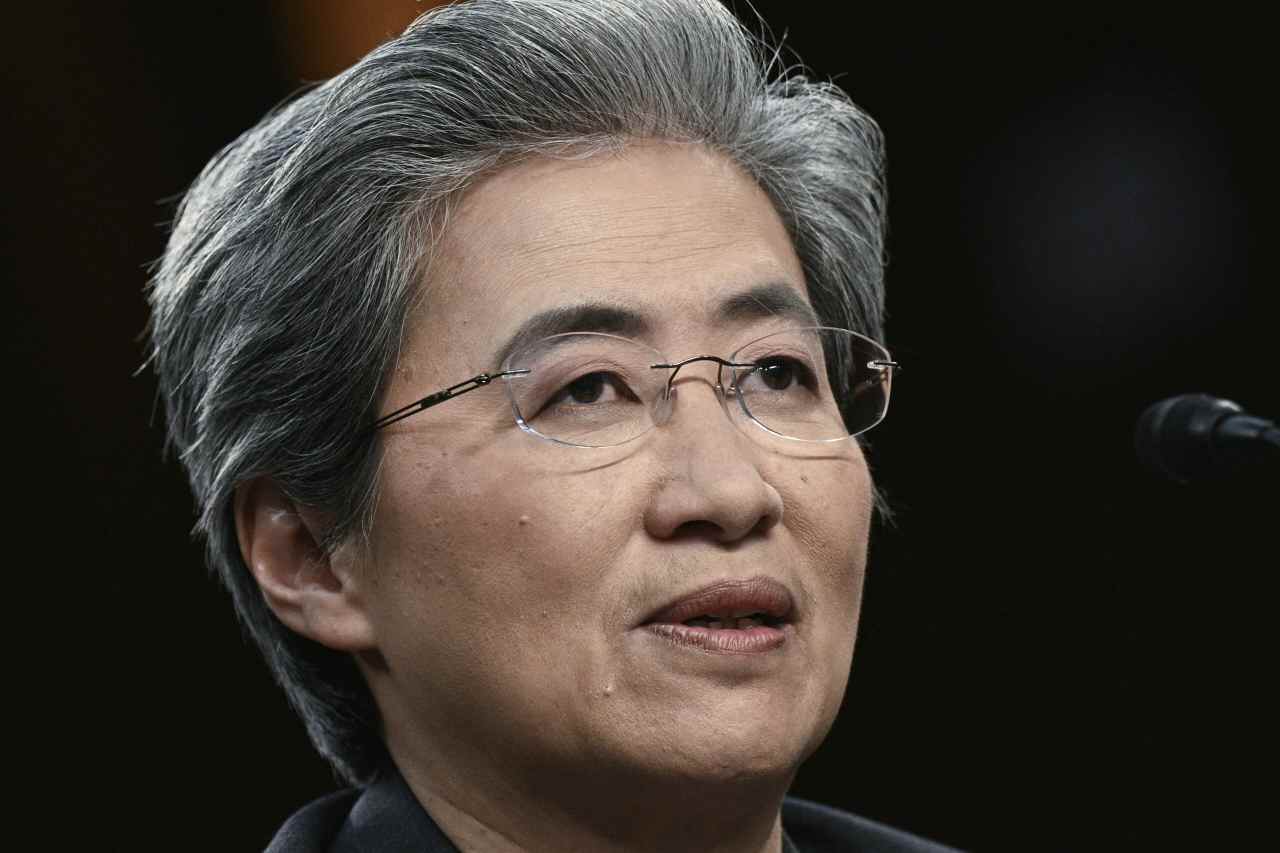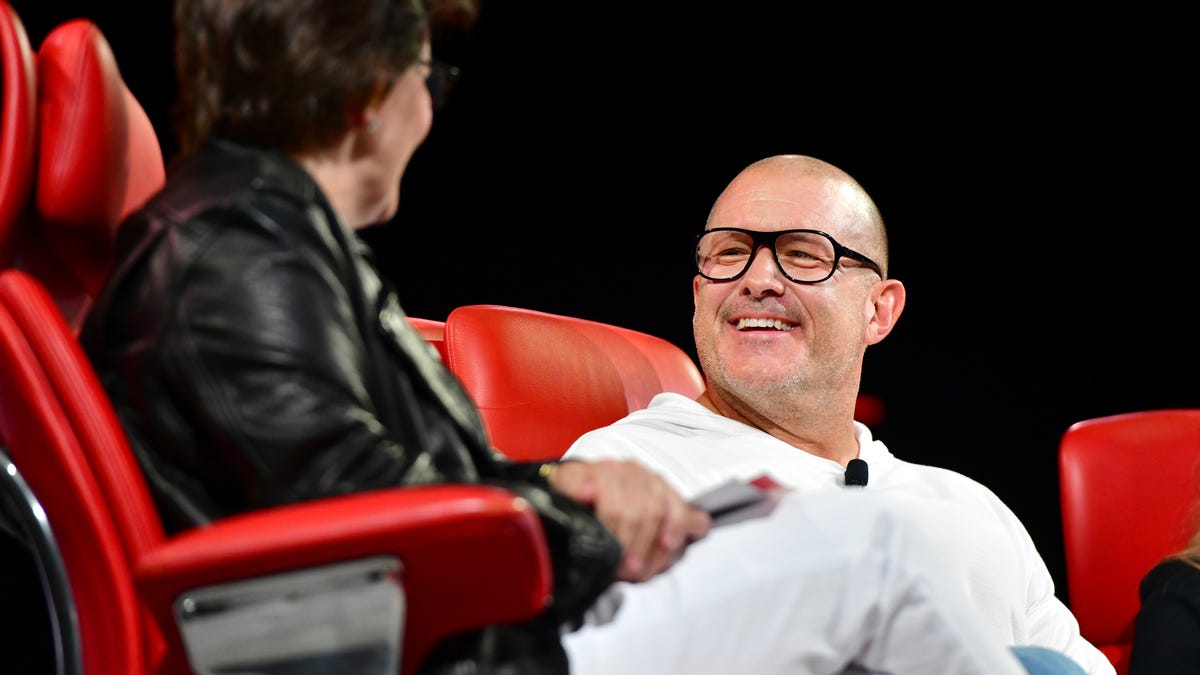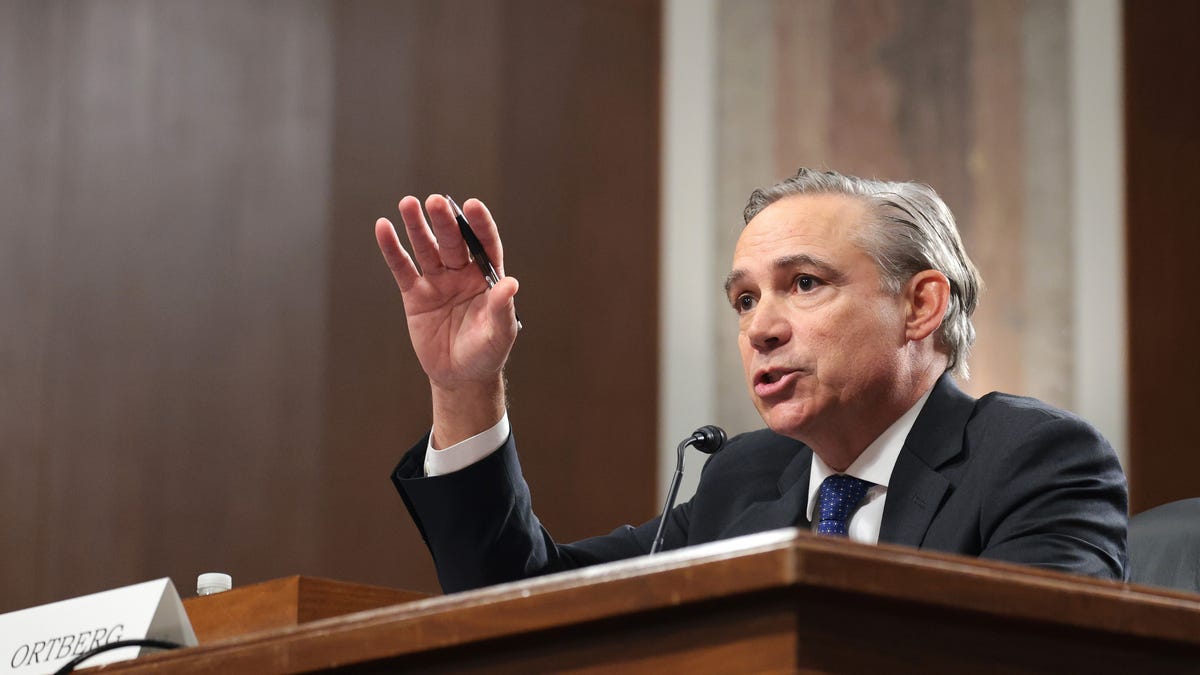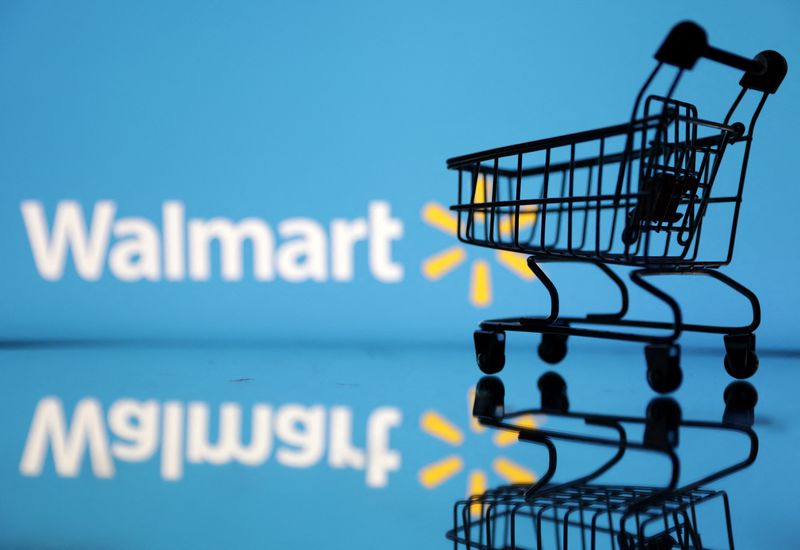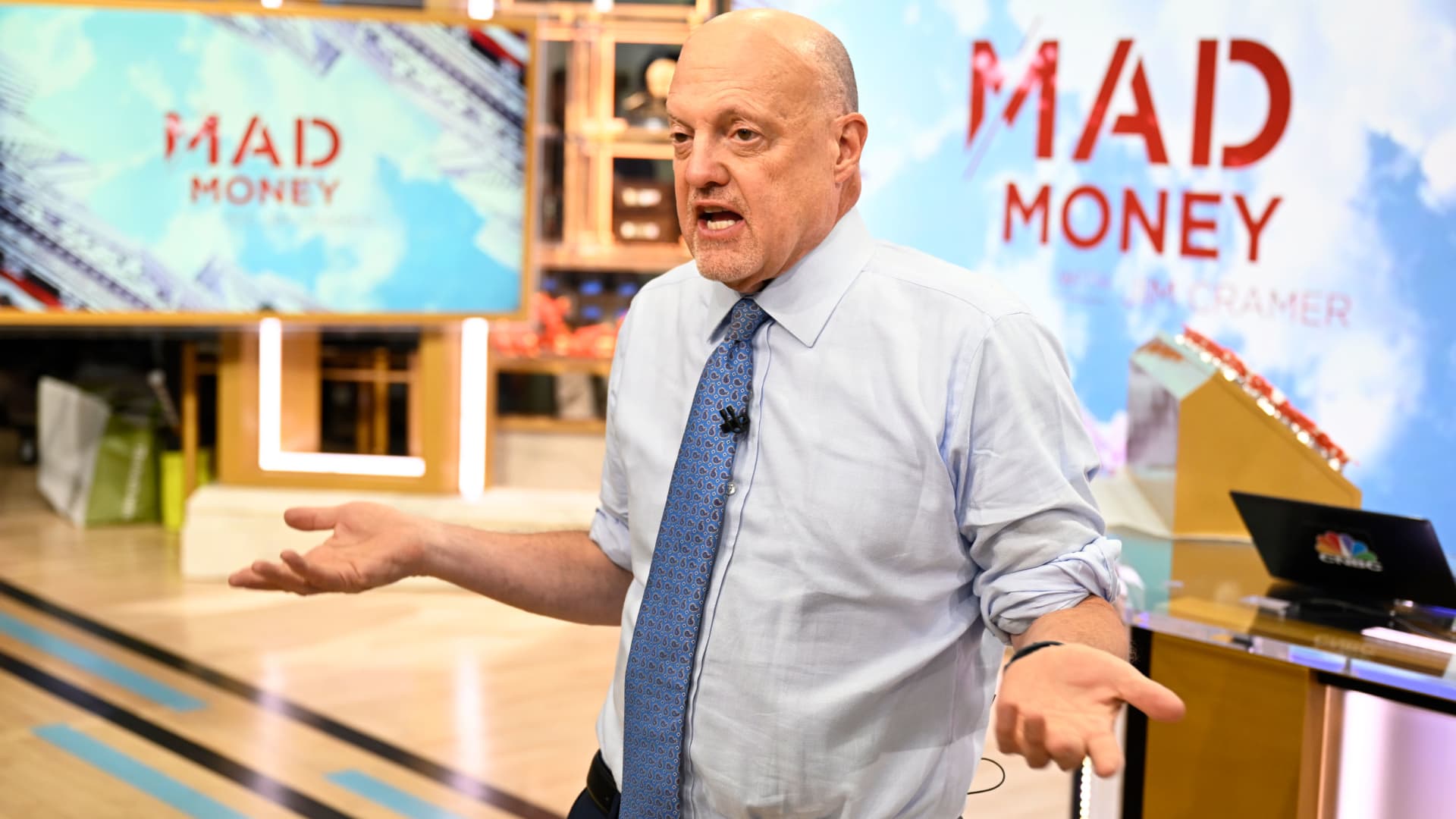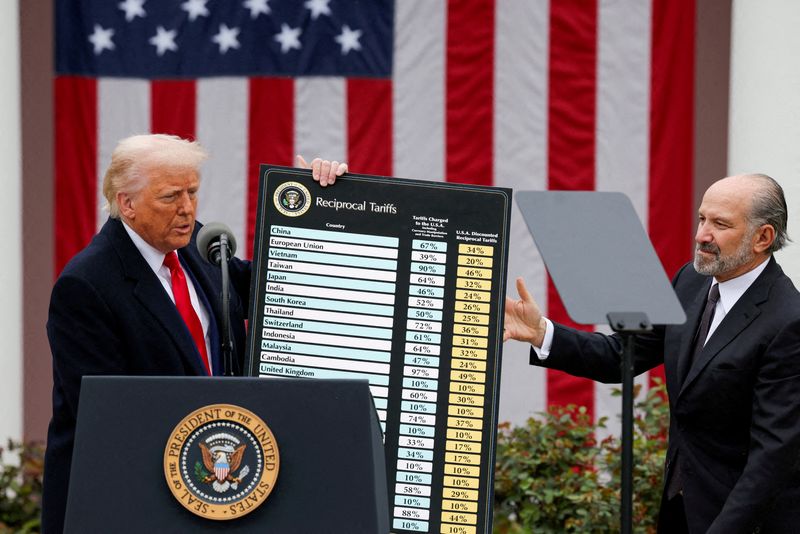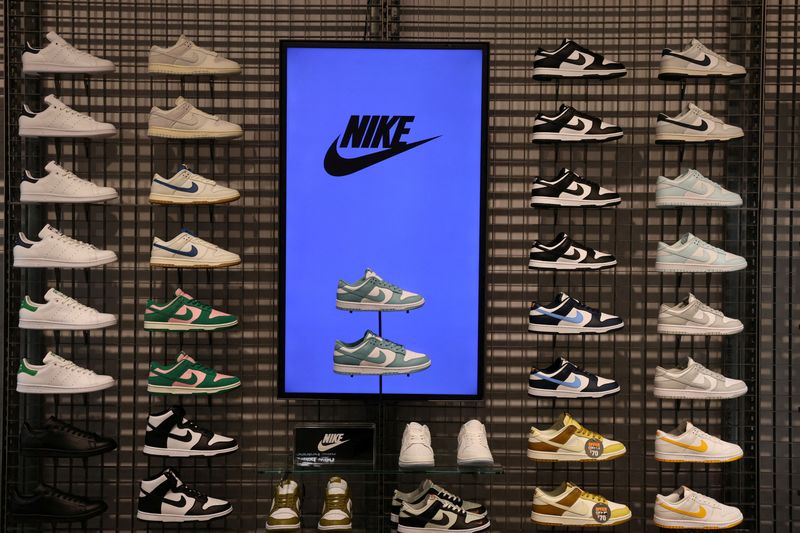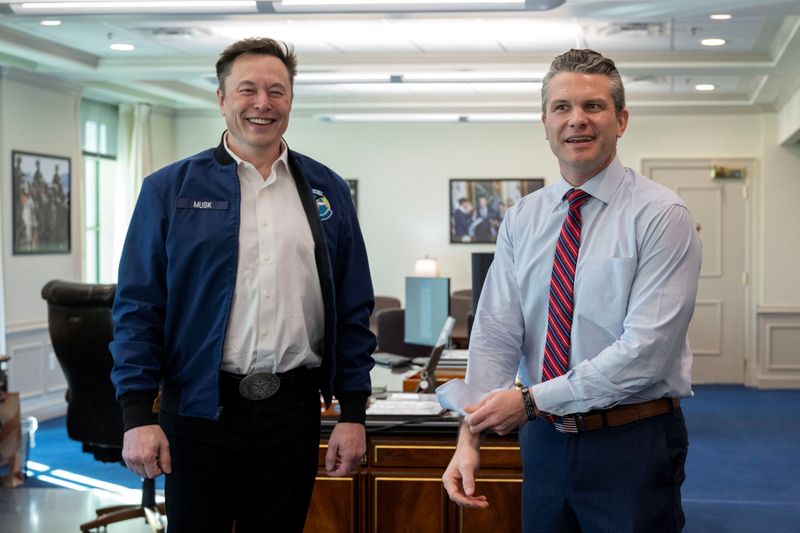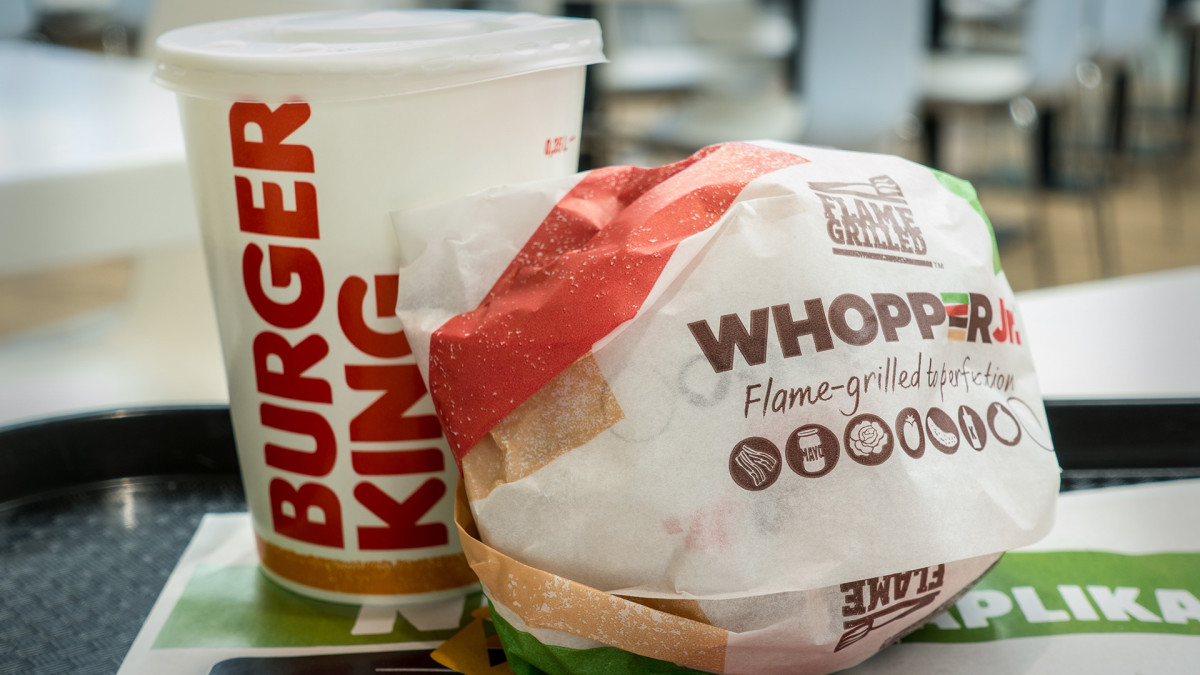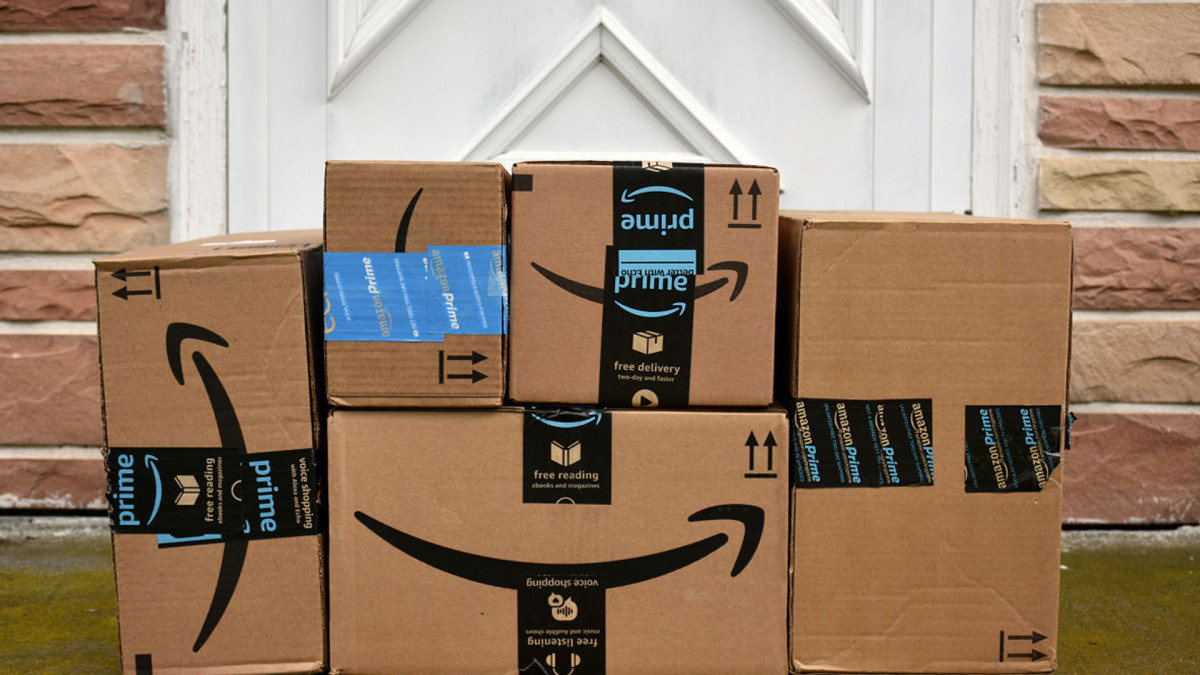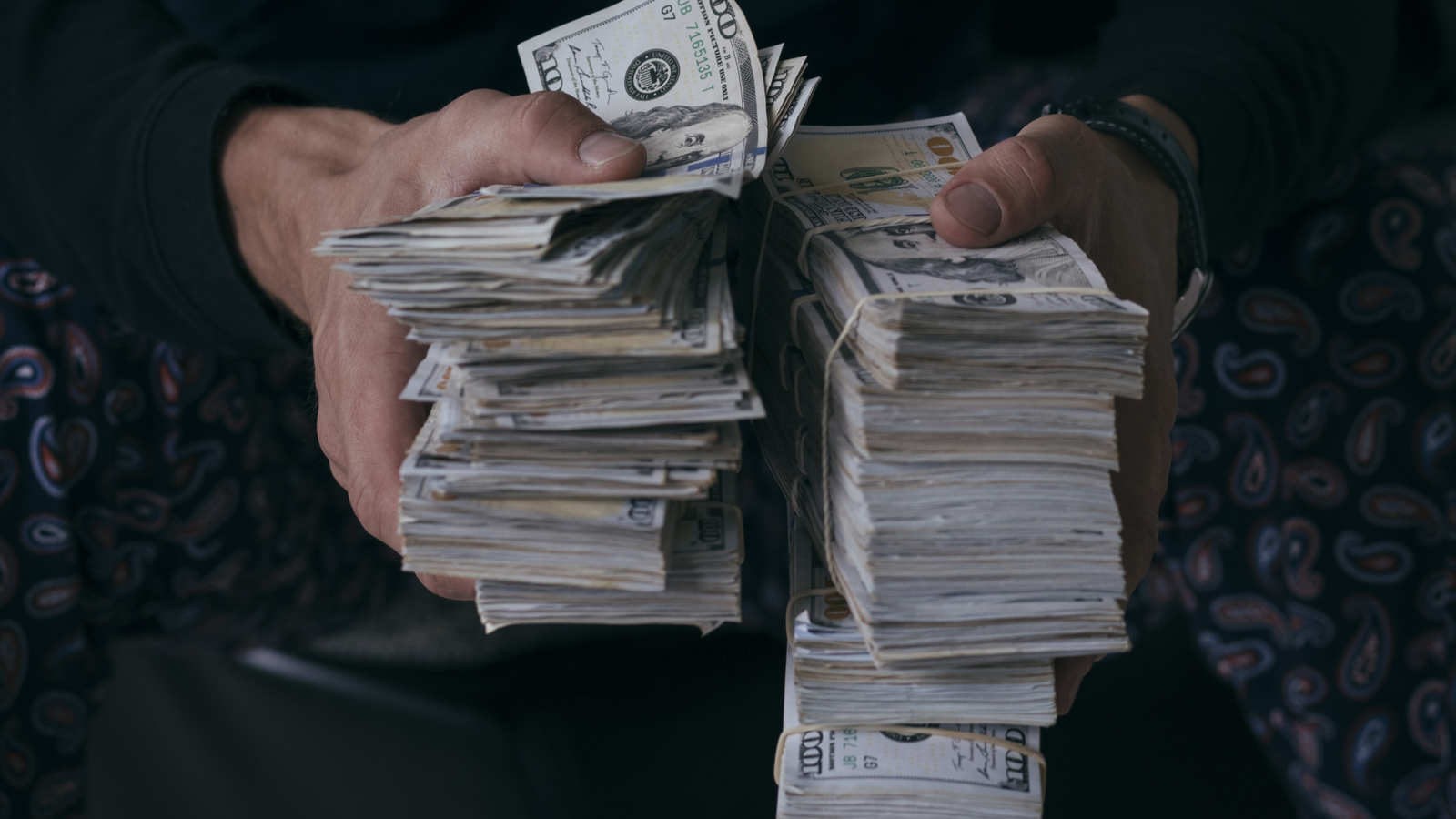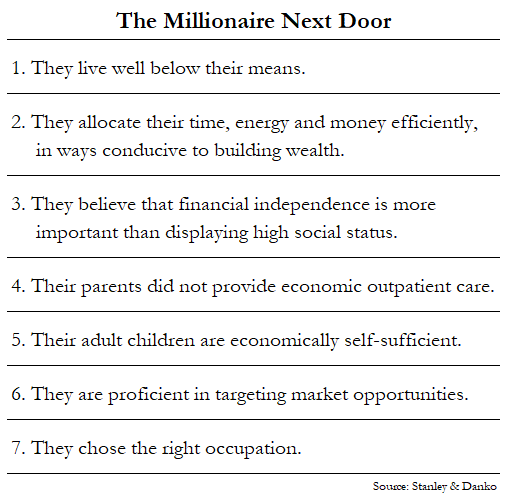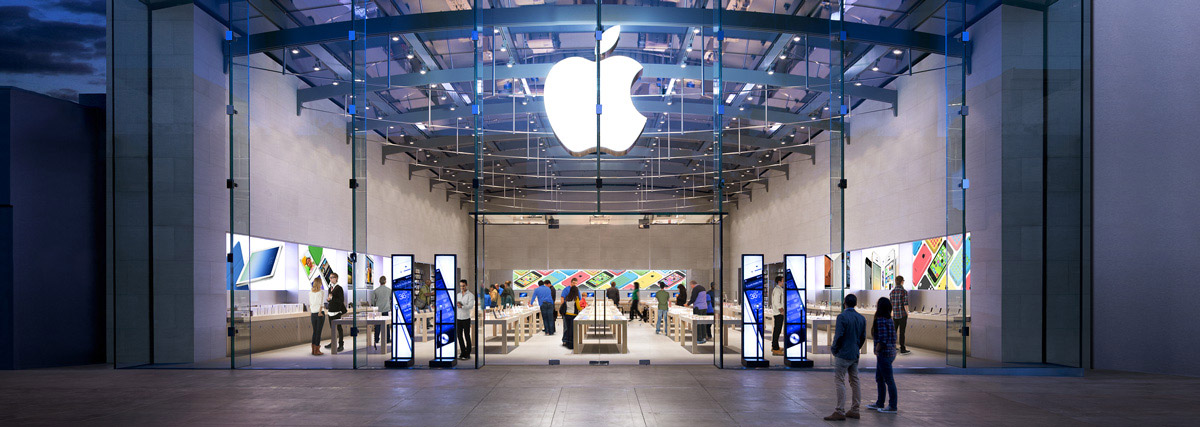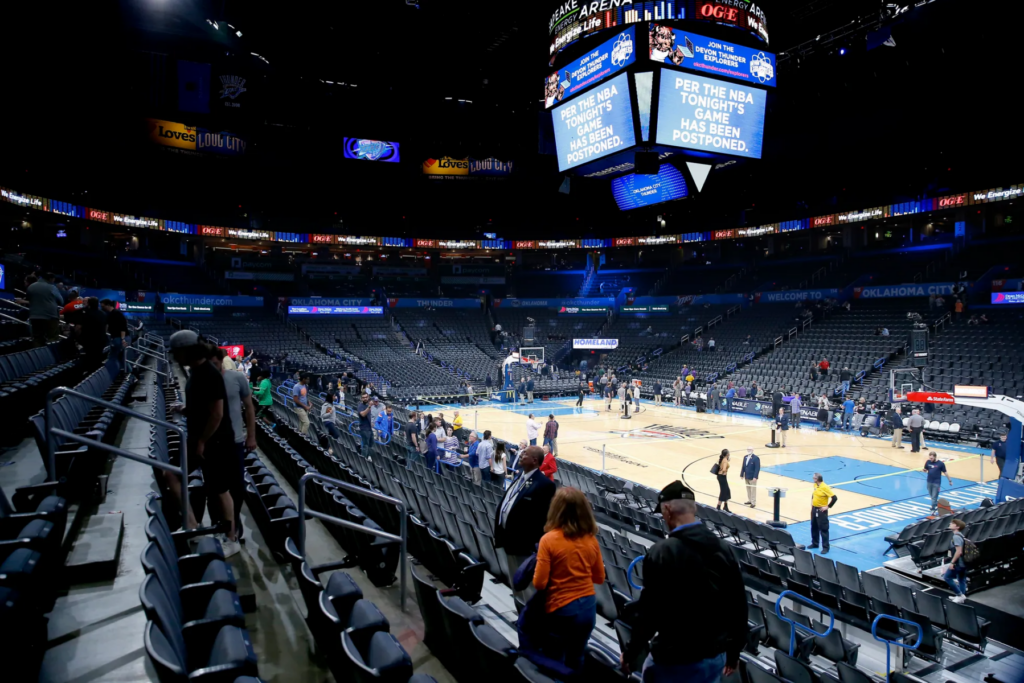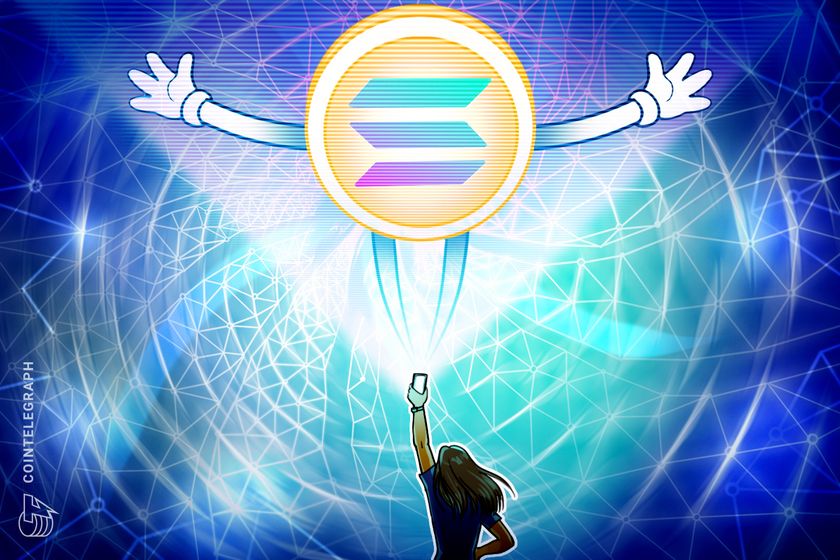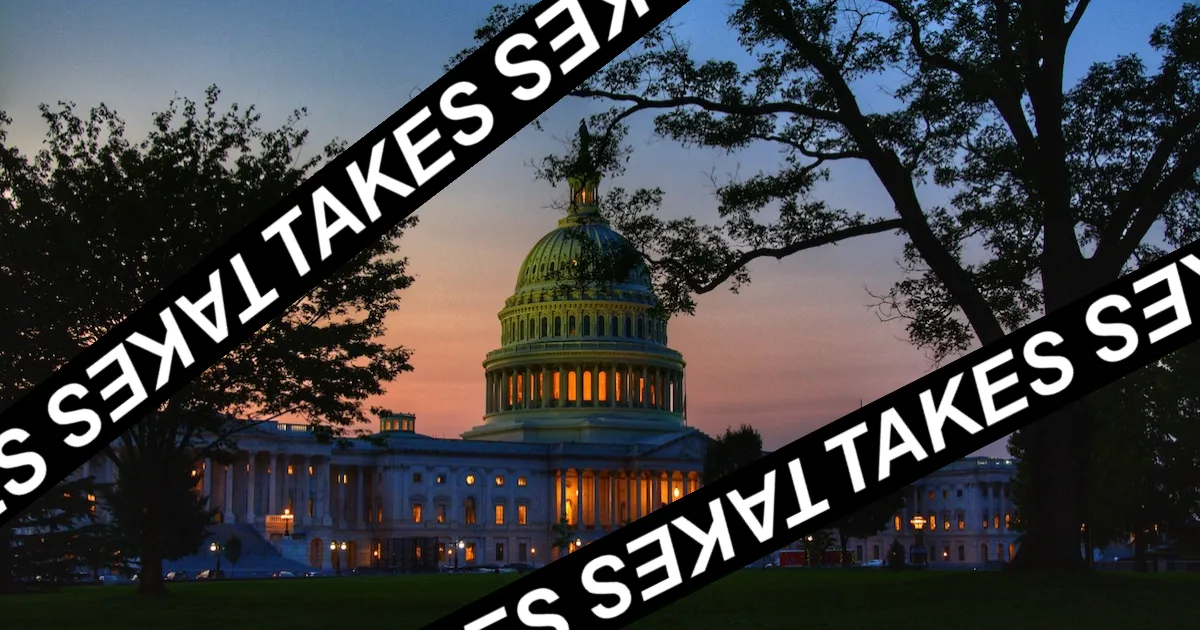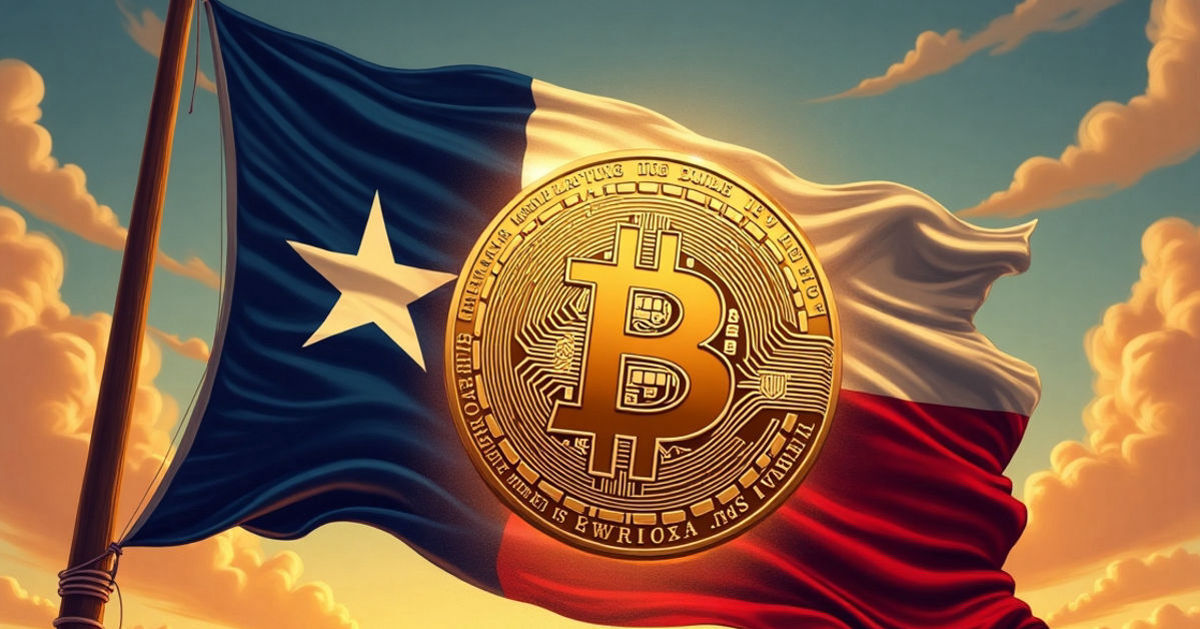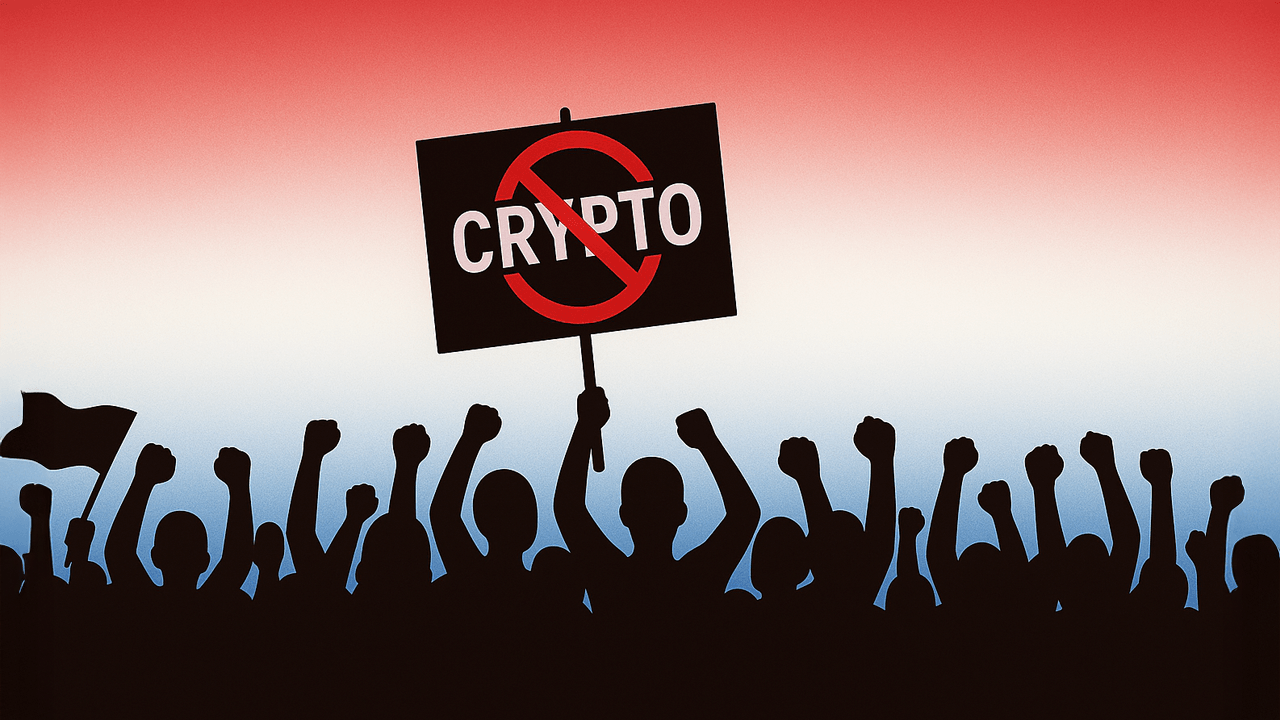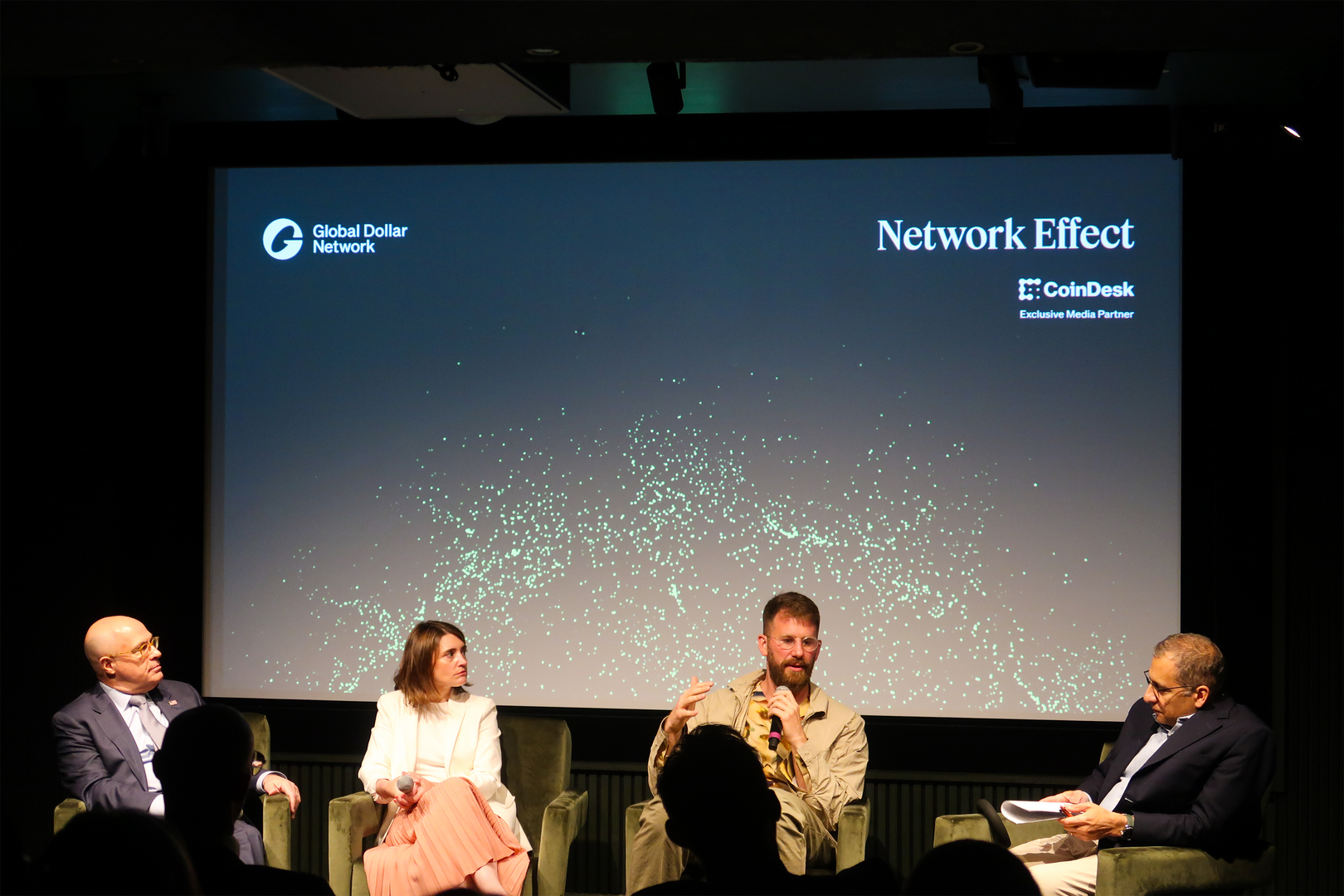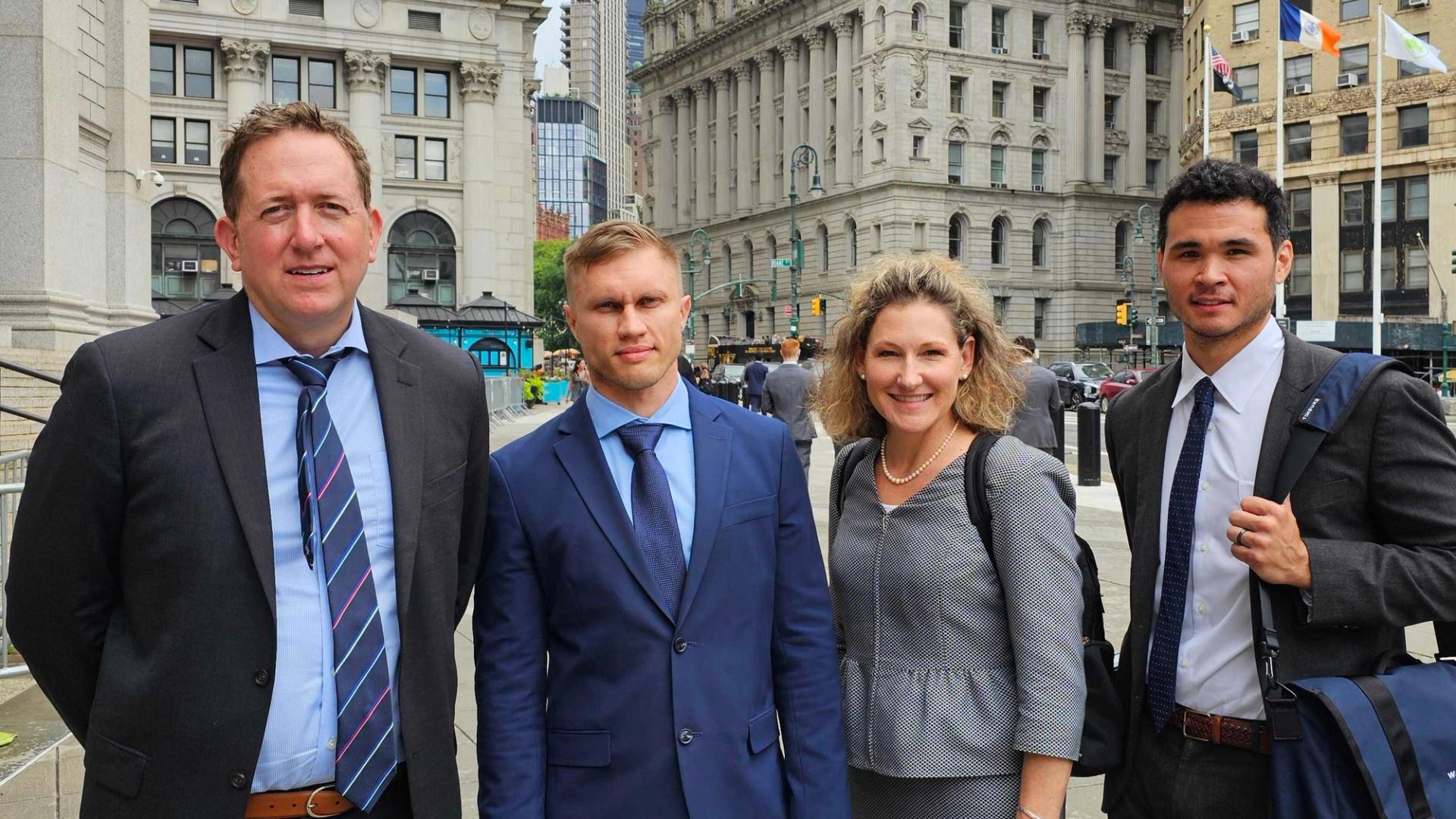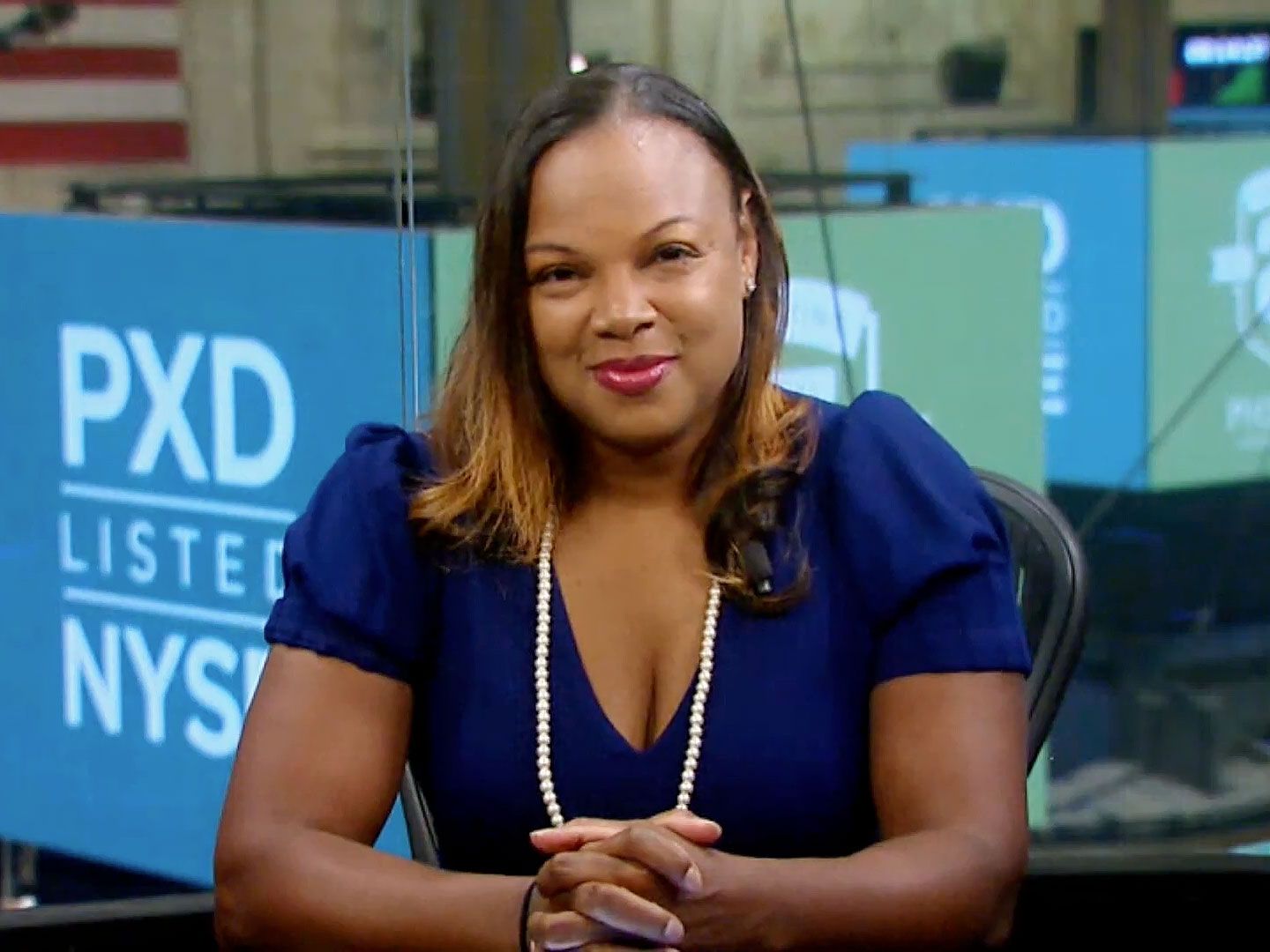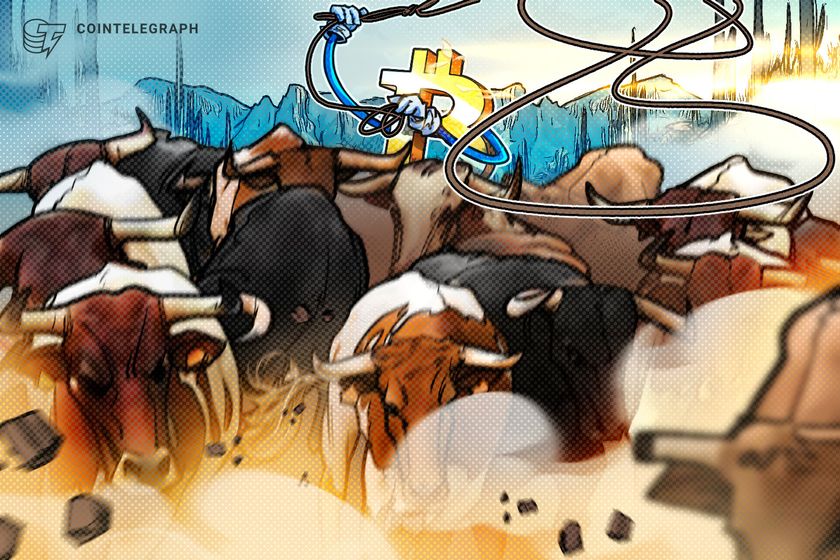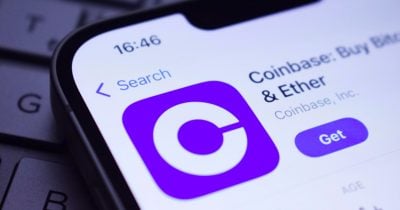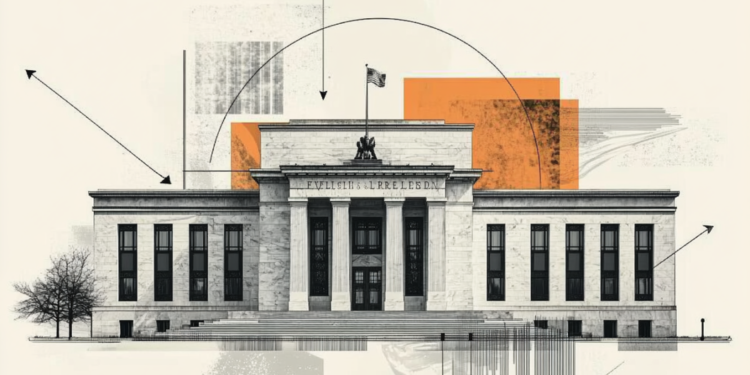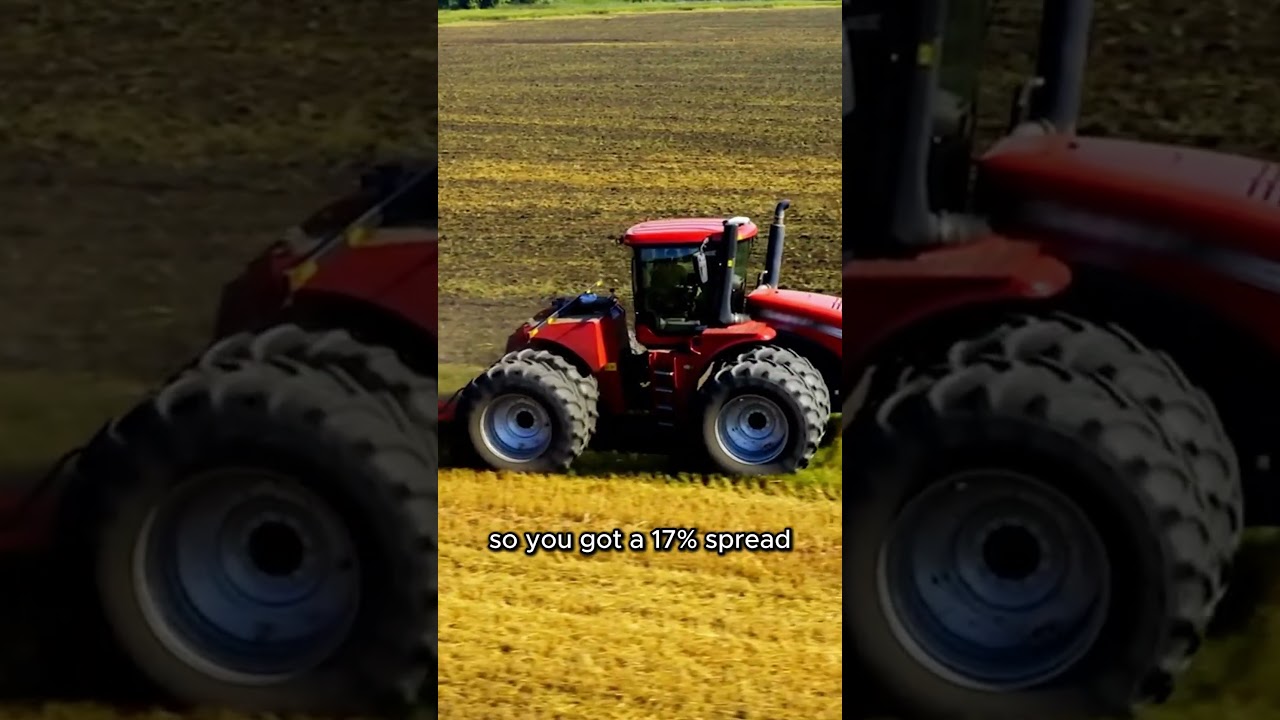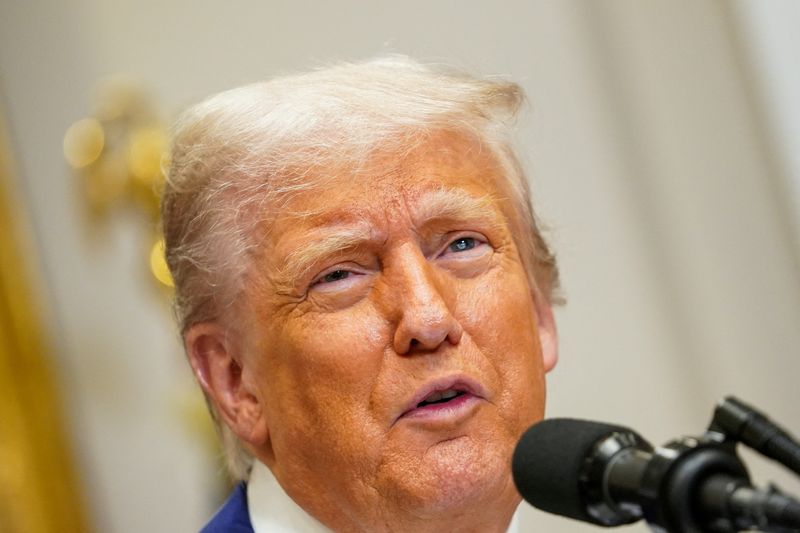Gen Z creators may soon have a new $20,000-paying side-gig thanks to this new Instagram feature
The photo sharing platform is testing a program that will enable creators to earn $100 for every new user who they bring to Instagram.

- Instagram content creators may soon make up to $20,000 to convince their followers to switch from rival social apps like TikTok and YouTube. The photo-sharing platform is testing a new program which will pay out $100 for every new user or eligible visit.
How would you like to be $20,000 richer for simply getting people to download an app?
Instagram is now willing to dish out fat paychecks—so long as you can bring new users to the platform.
In a new program called “Referrals,” creators who convince users to visit the app or sign up for an account will be rewarded. The program is currently being tested with a select group of U.S.-based creators, Meta confirmed to Fortune. The program was first reported by Business Insider.
Creators are offered one of two options: earn $100 for every eligible new user who signs up for an Instagram account or earn $100 for every 1,000 “eligible visits” to the Instagram app, according to BI. The maximum payout is $20,000, if they’re able to bring in 200 new users or 200,000 eligible visits over the course of six weeks.
This extra bit of cash could be a game changer for some in the creator economy, who have struggled with many sponsorships and brand deals going to a select group of top-tier influencers. And with nearly two-thirds of young people including Gen Z saying they have or have started a side gig to supplement income, the program could be another way to earn extra income.
Content creation is the holy grail for young people
Young people grew up watching their favorite influencers—from MrBeast to Ms. Rachel—make millions off of their online content. And as they chart their own future in an era where the worthiness of college degrees are in question, content creation seems like a fun, attractive way to make a living. In fact, becoming YouTubers and TikTokers are the top job aspirations of Gen Alpha.
While online influencing is a field with relatively low barriers to entry—just a smartphone and some creativity will do—success is relatively unpredictable among newcomers. Moreover, Bank of America data has shown the number of its customers earning income as content creators has continued to decline due to a slowdown in paid partnerships and most brand collaborations being available to a select few top creators.
But, for those who post videos on a part-time basis, it has an exciting level of unpredictability; it can just take one video to go viral to change a creator’s future.
The social media battle for attention
The “Referrals” program is Instagram’s latest attempt to keep young people interested as TikTok and YouTube have become fierce competition for the attention of Gen Z.
In fact, over the years, Instagram has spent “hundreds of millions” of dollars trying to woo creators, the CEO of Instagram Adam Mosseri said earlier this month during the ongoing FTC antitrust trial against Meta.
Facebook, too, has ramped up its incentives for creators to post on its platform by monetizing its Stories function, with some users earning $5,000 for content that otherwise would have yielded no income.
With the future of TikTok still up in the air, the short-form video platform is also leveraging a rewards program to attract new users. After inviting friends to the app, both users are given “TikTok Rewards” that could be eventually withdrawn as cash.
Rachel Muse, a content creator with over 260,000 TikTok followers told Fortune earlier this year that while the then-TikTok ban would affect her income, she’d simply have to join all the other influencers in adapting to the shifting environment.
“It’s such a gift to document and share the things I love and I plan to continue doing so on other platforms like Instagram and YouTube,” she said. “I don’t think that short-form video is going anywhere and though it technically makes my job harder, being anxious about that won’t help the situation at all.”
This story was originally featured on Fortune.com





